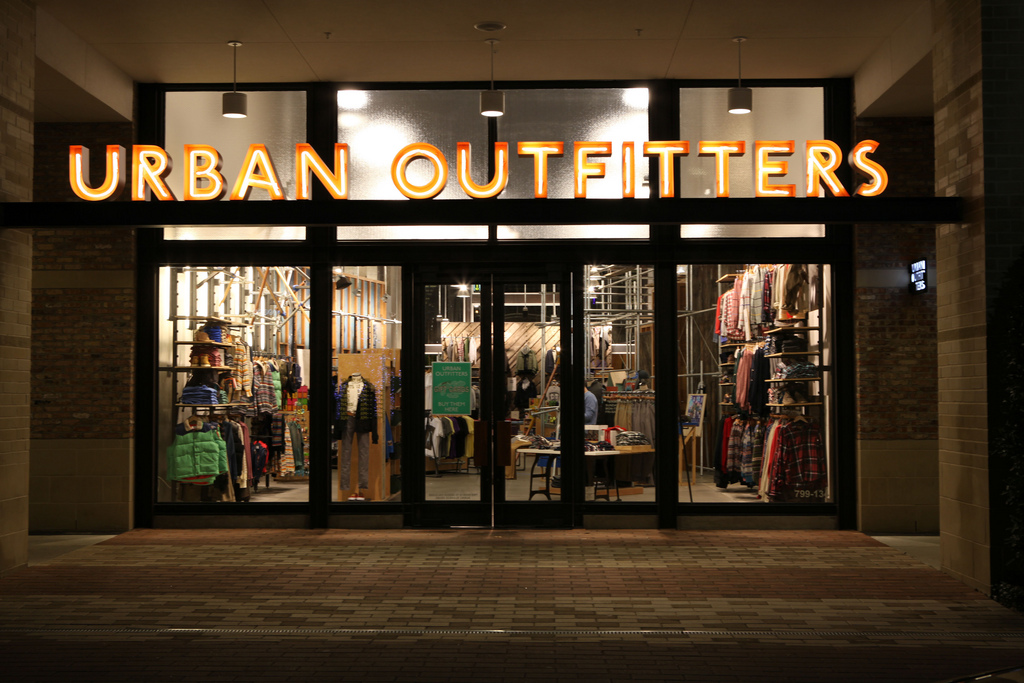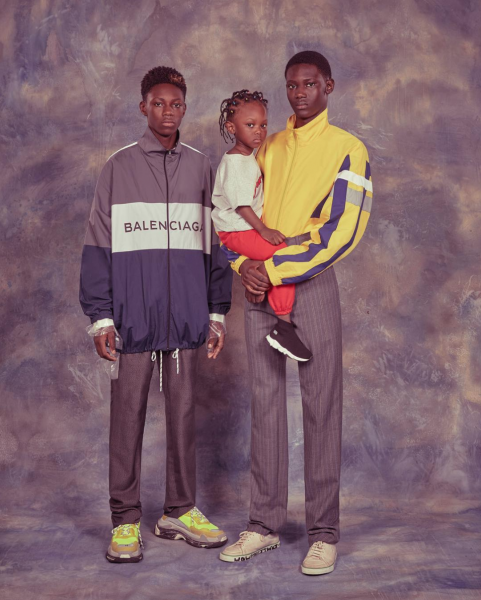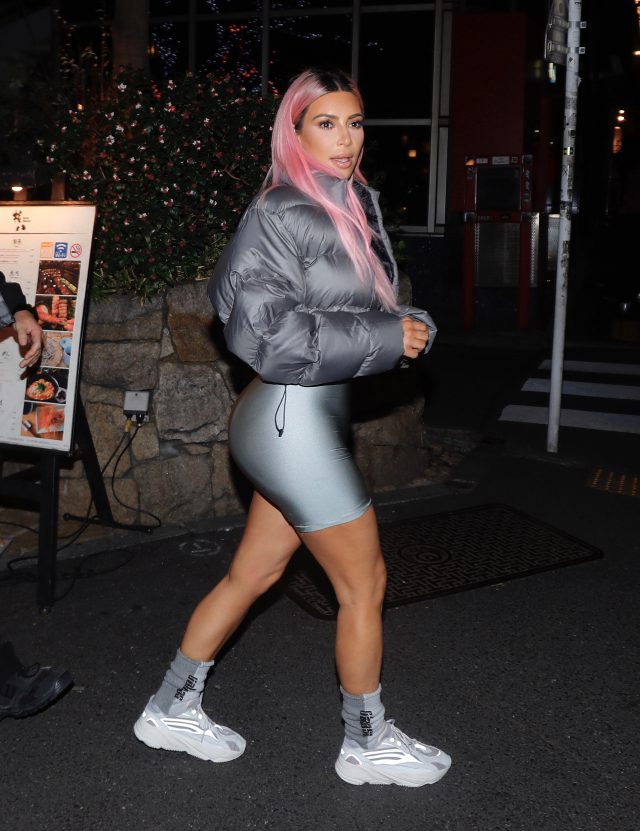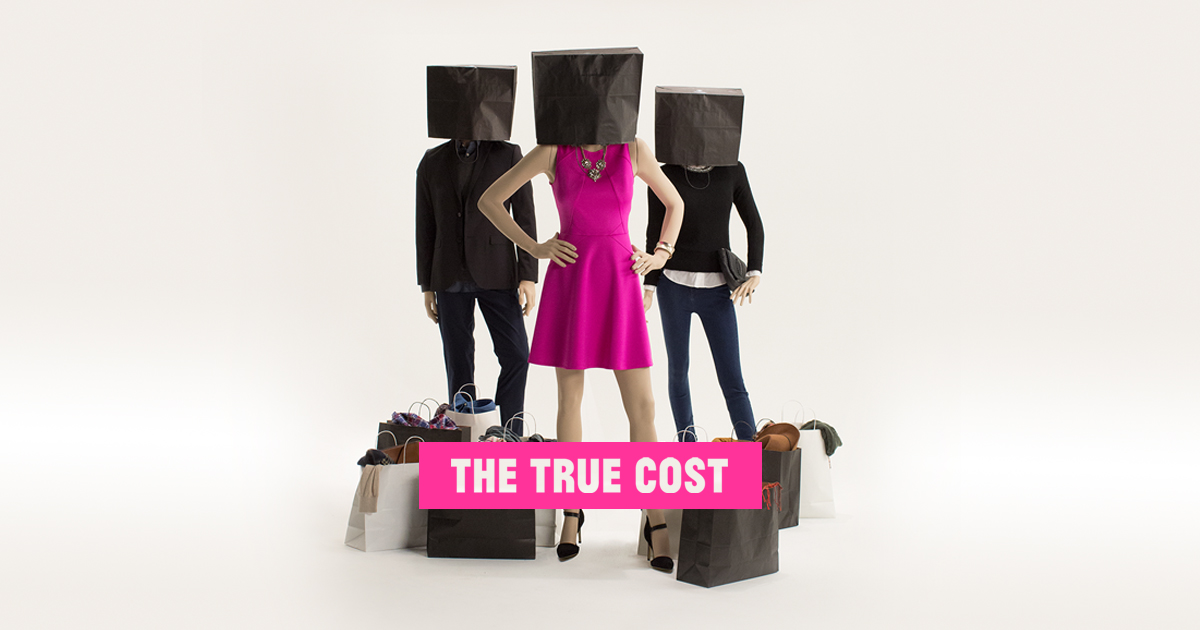“Humour generates feeling of pleasure and amusement, it has the potential for the feelings to become associated with the brand and may influence consumer attitudes towards the brand and probably the image.”
Chakraborty, Debashish. "Humour in advertising." (2014).
For my summative project I have been researching popular trends in product and in advertising. I noticed a trend of humour that brands use almost to appear as trendy and cute, I decided it was something I would be interesting in using to do my own packaging as it allows for consumers to really see the brand as relatable and approachable. I also thought that this sort of 'cheeky' humour would work great with my selected brand Isosceles Lingerie, the naughty side of an underwear brand would be brought out amazingly with some humours packaging.
Some great examples that I want to share are from:
Chic and Basic

Anatomicals


Anese




















































